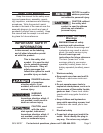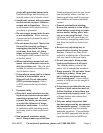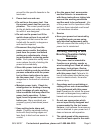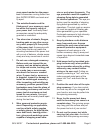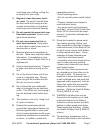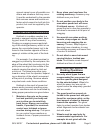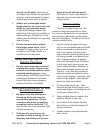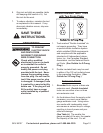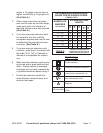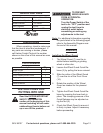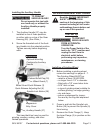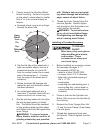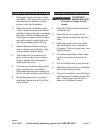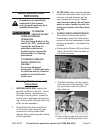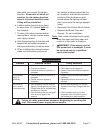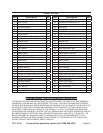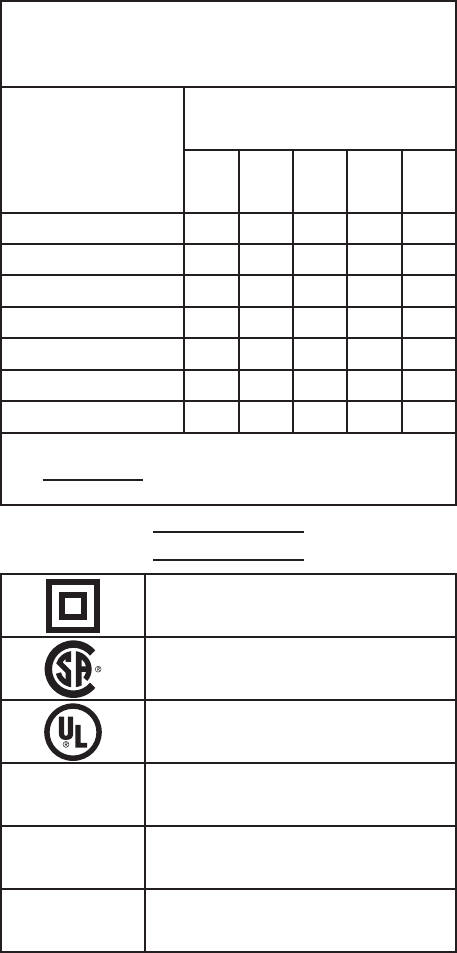
Page 11For technical questions, please call 1-800-444-3353.SKU 98107
ample, a 14 gauge cord can carry a
higher current than a 16 gauge cord.
(See Table A.)
When using more than one exten-3.
sion cord to make up the total length,
make sure each cord contains at
least the minimum wire size required.
(See Table A.)
If you are using one extension cord 4.
for more than one tool, add the
nameplate amperes and use the sum
to determine the required minimum
cord size. (See Table A.)
If you are using an extension cord 5.
outdoors, make sure it is marked with
indicate it is acceptable for outdoor
use.
Make sure the extension cord is prop-6.
erly wired and in good electrical con-
dition. Always replace a damaged
extension cord or have it repaired by
Protect the extension cords from 7.
sharp objects, excessive heat, and
damp or wet areas.
RECOMMENDED MINIMUM WIRE
GAUGE FOR EXTENSION CORDS*
(120/240 VOLT)
NAMEPLATE
AMPERES
(at full load)
EXTENSION CORD
LENGTH
25’
50’
75’
100’
150’
0 – 2.0 18 18 18 18 16
2.1 – 3.4 18 18 18 16 14
3.5 – 5.0 18 18 16 14 12
5.1 – 7.0 18 16 14 12 12
7.1 – 12.0 18 14 12 10 -
12.1 – 16.0 14 12 10 - -
16.1 – 20.0 12 10 - - -
TABLE A
* Based on limiting the line
voltage drop to ve volts at
150% of the rated amperes.
Symbology
Double Insulated
Canadian Standards Association
V~
Volts Alternating Current
A
Amperes
n
0
(RPM)



